Classics School Trips To Sicily
The stunning historic sites on the beautiful island of Sicily offer curious classics students a window on Phoenician, Greek and Roman civilisations.
Highlights
The legendary fountain of Arethusa on Ortigia Island
Temples of Concord and Juno at Agrigento
Wonderful Roman mosaics at Piazza Armerina
The impressive city ruins of Selinunte
St Gabriel's, NewburyOur top excursions were Syracuse, Segesta/Selinunte and Agrigento. The students found the theatre at Taormina the most inspirational visit.
Suggested itinerary
What's included*
*Please note, entrance fees where applicable are not included in typical price – contact us for more details
Recommended excursions
In the western hills sits the beautifully preserved Doric Temple of Segesta, built in the 4th century BC by the Greeks and the Elymians, an indigenous population of Sicily. A large semi-circular theatre was built around the same time on top of a nearby hill, Monte Barbaro. Nowadays, during the summer, it is used as a venue for Greek plays and concerts.
Head to the south-west coast to study the most impressive ruins in Sicily, with numerous temples, acropolis and agora. The huge city of Selinunte was built in 628BC, and was one of the richest and most progressive in Magna Graecia before it was destroyed by the Carthaginians in 409BC.
This coastal city is renowned for the Valley of the Temples, where the remains of seven monumental 5th and 6th century Greek temples have been excavated and partially restored. The best preserved of these are the Temples of Concord and Juno.
Known as the birthplace of Archimedes this was one of the most powerful cities in the Mediterranean in ancient times. Visit the archaeological park, Greek theatre and amphitheatre, the ear of Dionysius and Archimedes tomb. On Ortigia island see the mythological Arethusa Fountain, the ruins of the Temple of Apollo and fine baroque architecture.
Visit the famous Villa Romana del Casale, which stands as an open-air museum. Built in the 4th century AD as a hunting lodge by a Roman patrician, it is home to some of the best preserved and extensive examples of Roman mosaics. They depict Homeric escapades, mythological scenes and portrayals of daily life.
When Mount Etna erupted thousands of years ago, the river Alcantra was blocked by a lava flow. As the lava cooled it became crystallised by the water and over the next millennia the river eroded it, resulting in impressive gorges and ravines. Today, the stunning basalt formations set in luscious woodlands are fine examples of Etna’s geological influence.
The beautiful and popular hillside town of Taormina is known for its perfectly preserved medieval streets and dramatic views of Mount Etna but the main attraction is its ancient Greek-Roman theatre. It was built in the 7th century BC and was later enlarged by the Romans. Today it is still used for events from plays to concerts, fashion shows and film festivals.
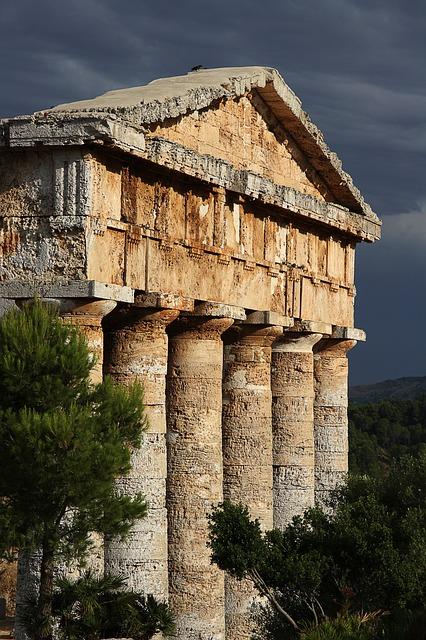
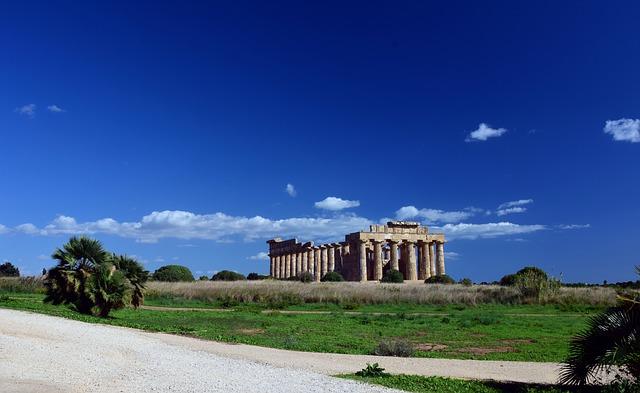
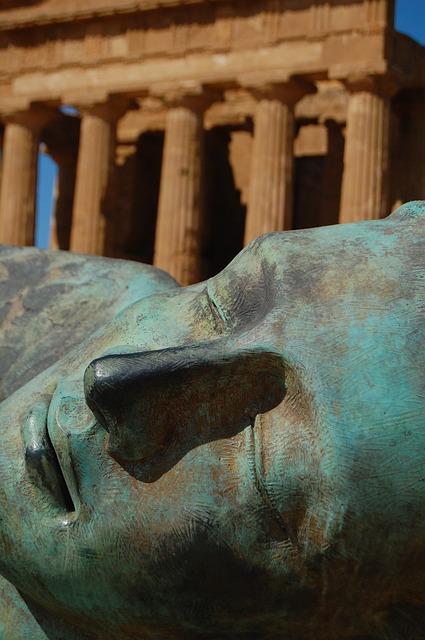
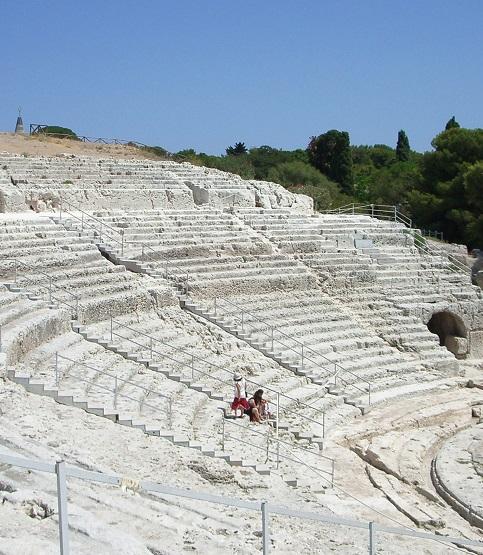
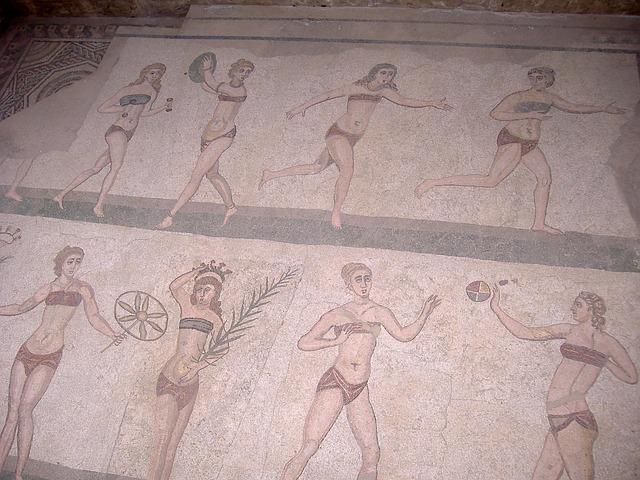
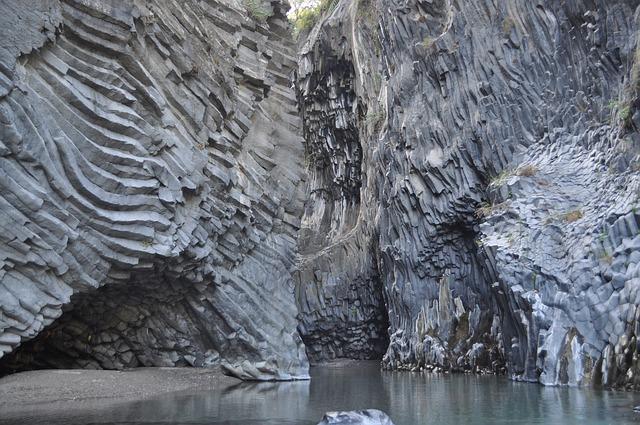
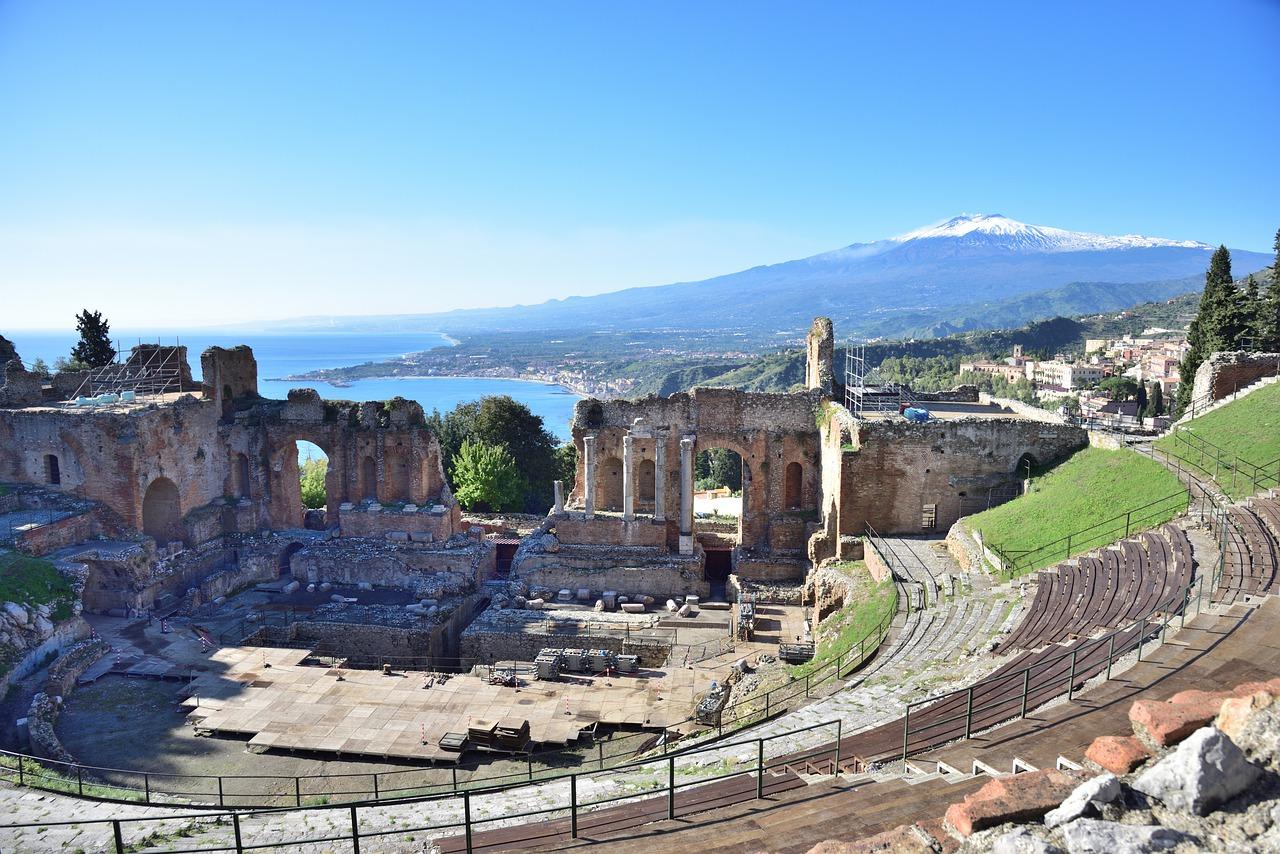
Typical accommodation
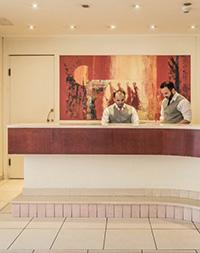
Why groups like it:
Facilities:
Classics learning outcomes
Subject focus
Students can:
- Learn about Greek mythology, art, pottery, architecture and urban planning
- Visit archaeological parks and museums and the Valley of the Temples
- Learn why people chose to live so close to the largest active volcano in Europe, Mount Etna
- Discover the influence of classical civilisations on today’s cultures
Student outcomes
Students will have had an opportunity to:
- Encounter Greek mythology, art, pottery, architecture and urban planning
- View some of the richest archaeological sites in Sicily, such as Agrigento and the Valley of the Temples
- Recognise the influence of ancient themes and ideas on Sicilian society to this day



